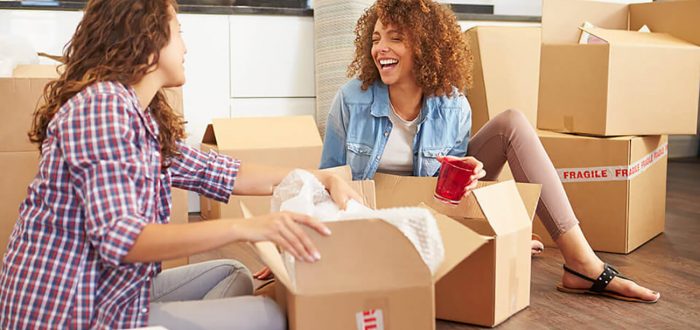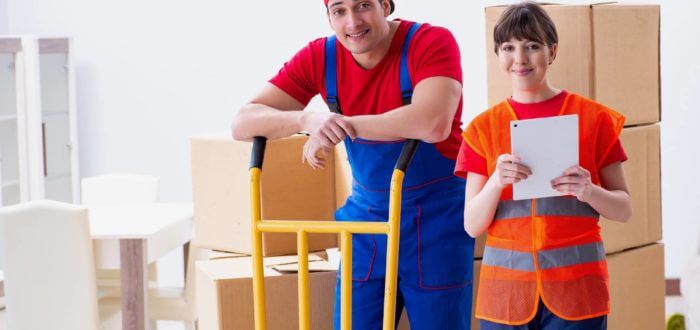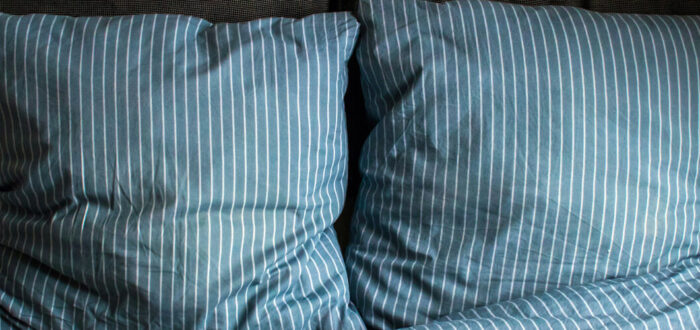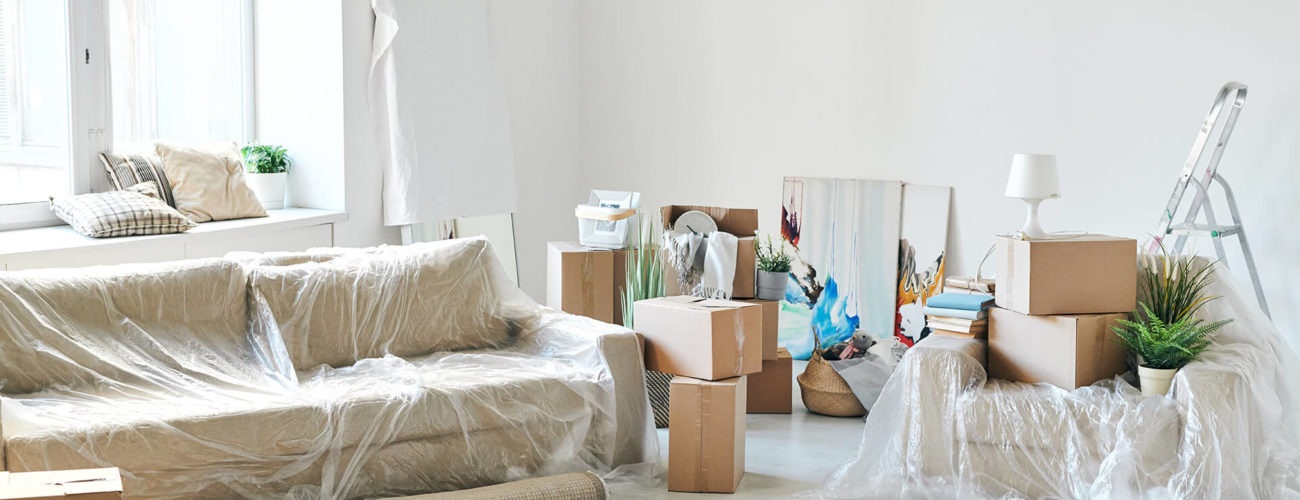

How to Wrap Furniture for Moving – Expert Tips for Safe and Efficient Relocation
Posted in How-to,Moving Tips & Tricks on July 9, 2024
Relocating can be a stressful experience, especially when it comes to ensuring your furniture arrives safely. Knowing how to wrap furniture for moving is essential to protect valuable pieces from scratches, dents, and other potential damages and we’ll show you the best methods and materials to use. Use our professional moving tips to make the relocation smooth and efficient.
How to Wrap Furniture for Moving and Storage – Basic Steps
Wrapping and packing furniture for moving involves several key steps. First, it’s essential to plan a relocation and begin by gathering necessary materials like relocation blankets, bubble wrap, stretch wrap, and strong tape. Start by cleaning and disassembling larger pieces to make them easier to handle.
Next, wrap each piece with blankets or bubble wrap, securing the coverings with tape to prevent things from breaking during transport. For added protection, especially on edges and corners, use corner protectors. Labeling wrapped furniture helps organize the process of moving household items, making the transition smoother and more efficient.
Why Is Proper Wrapping of Furniture So Important?
Proper wrapping of household items is crucial for several reasons. Safely transporting furniture requires careful preparation to avoid common relocation mistakes that can lead to damage.
Without proper wrapping techniques, items can suffer from scratches, dents, and even breakage.
Additionally, improper handling can result in chipped edges and damaged upholstery. Using the right materials and methods ensures that belongings remain intact and helps to move efficiently. It also prevents issues such as moisture damage and shifting during transit, making the entire process more reliable. By avoiding these common pitfalls, you don’t have to worry about a financial setback as well.

Gather Essential Packing Materials for Wrapping Furniture
Gathering essential materials is the first step in making sure the household items are protected so you can relocate safely. When preparing, sourcing high-quality relocation packing materials is very important. These supplies can be found at home improvement stores, supply retailers, or online. A list of materials for moving cross country includes:
- Moving blankets,
- Bubble wrap,
- Stretch wrap,
- Strong tape,
- Secure fasteners,
- Corner protectors,
- Edge guards,
- Cardboard boxes,
- Packing peanuts.
Step-By-Step Guide on How to Wrap Furniture for Moving
Packing techniques for large items are essential for a smooth relocation process. The easiest way to pack involves a few key strategies that help protect belongings and simplify the task. Begin by organizing, cleaning, and disassembling pieces to make them manageable. Utilize materials such as blankets, bubble wrap, and stretch wrap to provide cushioning and security.
Additional protective measures like corner protectors and edge guards are also vital. Let’s now cover every step, offering detailed instructions on how to pack each type of item effectively.
Take Pictures of the Furniture
Taking pictures of household items before a relocation should be done to document their condition. Photograph each piece from multiple angles, capturing any existing damage or unique features. Ensure the images are clear and well-lit to provide accurate records. This step not only helps in claiming insurance for moving furniture if needed but also serves as a reference for reassembly. Save these images in a dedicated folder for easy access during and after the move.
Clean and Disassemble Larger Pieces of Furniture
Before disassembling larger items, it’s essential to clean them thoroughly. A move-out cleaning process should include dusting, wiping down surfaces, and making sure all parts are free from dirt. Take pictures for the relocation inventory to document their current state. Then begin disassembling by carefully removing detachable parts, such as legs from tables and shelves from bookcases.
Use labeled bags for screws and small components to keep everything organized. For complex pieces, number parts or draw a diagram to assist with reassembly. These steps are necessary to safely relocate tables, chairs, and other large items, making reassembly at the new location much easier and more efficient.
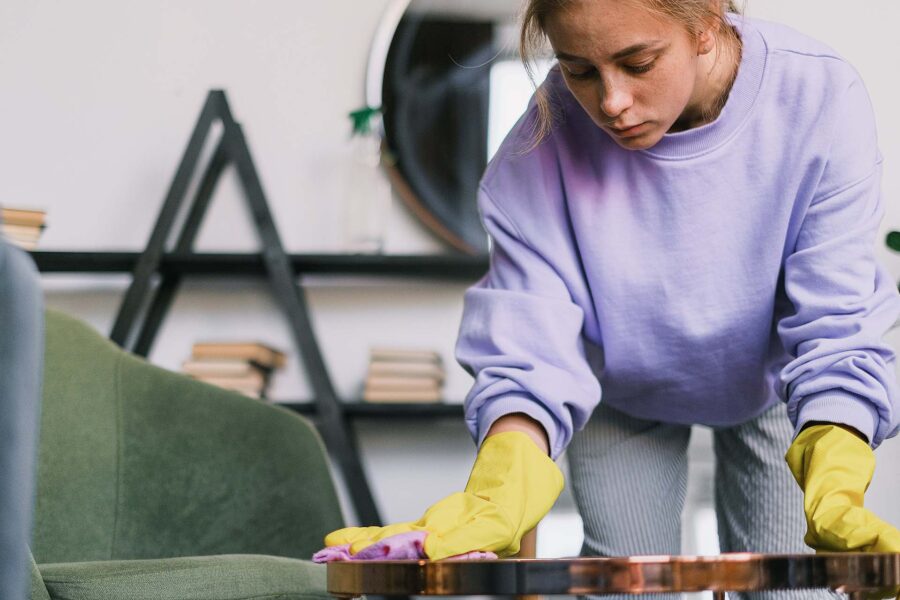
Use Moving Blankets to Wrap Furniture
To wrap a sofa, simply drape the blanket over the sofa and make sure that every part is covered and protected. For an armchair, follow the same process, making sure all sides are covered. When wrapping a coffee table, lay the blanket flat, place the table in the center, and wrap it securely, focusing on the edges. For lamps, remove the shade, wrap the base with a blanket, and use tape to hold it in place.
Chairs can be wrapped similarly, covering all parts to prevent damage. For best results, use multiple blankets for larger pieces and always secure them with strong packing tape to keep everything in place.
Use Plastic Stretch Wrap for Extra Protection
After wrapping items with blankets, plastic stretch wrap provides an additional layer of protection. For a sofa, start at one end and wrap it around the entire piece, covering all surfaces and securing the blanket.
For an armchair, apply the stretch wrap in the same manner, ensuring it is tight but not too restrictive. For a coffee table, wrap the top and legs thoroughly, focusing on securing the blanket in place. Lamps should have the base wrapped. The stretch wrap should hold the blanket firmly.
Chairs should be handled similarly so that all parts get covered. The stretch wrap keeps blankets in place and provides an extra barrier against dirt and moisture, helping to protect items during transit.
Apply Corner Protectors and Edge Guards
Protecting valuables during a move involves carefully applying corner protectors and edge guards to each item. For a sofa, attach corner protectors to the edges and use edge guards along the sides, focusing on areas prone to impact. For an armchair, secure protectors on the armrests and bottom edges to prevent scratches and dents.
Coffee tables require corner protectors on each corner and edge guards along the perimeter to shield against bumps. For lamps, apply corner protectors to the base and any sharp edges to avoid chipping. Chairs benefit from protectors on the legs and seat edges to guard against damage.
These additions are crucial as they absorb shocks and prevent damage from impacts, ensuring all items remain in excellent condition throughout the move. Additionally, use tape or integrated fasteners to keep the protectors securely in place. This extra layer of protection is vital for maintaining the integrity and appearance of valuable belongings.
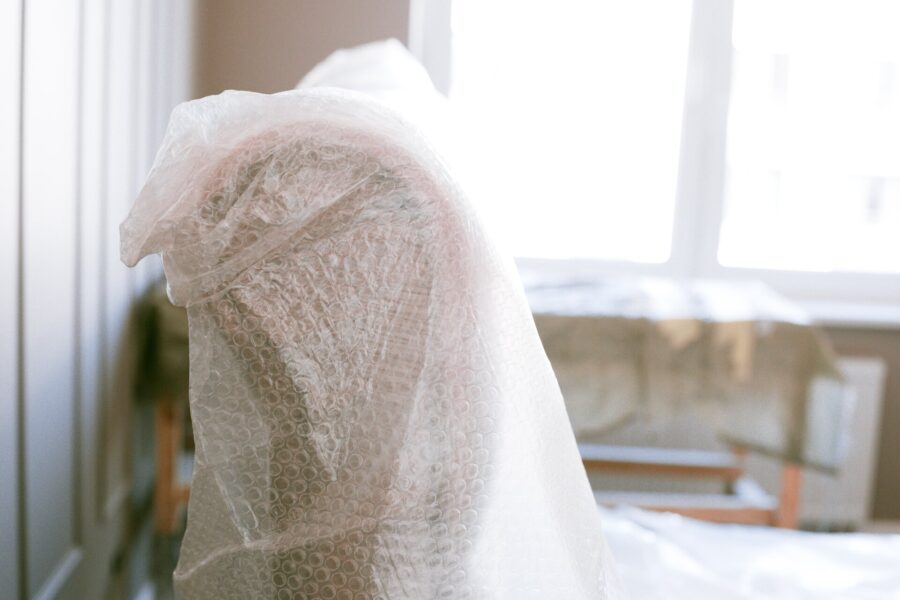
Bubble Wrap is the Fragile Pieces’ Best Friend
When packing fragile items, using bubble wrap is necessary to prevent damage. Items such as glass tabletops, mirrors, and delicate antiques should be wrapped thoroughly. Start by laying the item on a flat surface and covering it with several layers of bubble wrap, securing each layer with strong tape.
Don’t save on bubble wrap even if you are relocating on a low budget – it can save you from future issues with furniture pieces. Make sure that all edges and corners are well-padded to absorb shocks during transit.
Labeling and Organizing Wrapped Furniture
Label each wrapped piece with its room of origin and a brief description. Use color-coded labels or markers for easy identification. Group items from the same room together to help with the unloading and unpacking.
Create an inventory list that matches the labels for reference. This systematic approach not only helps in keeping track of belongings but also facilitates efficient unpacking, reducing stress and ensuring everything ends up in the right place.
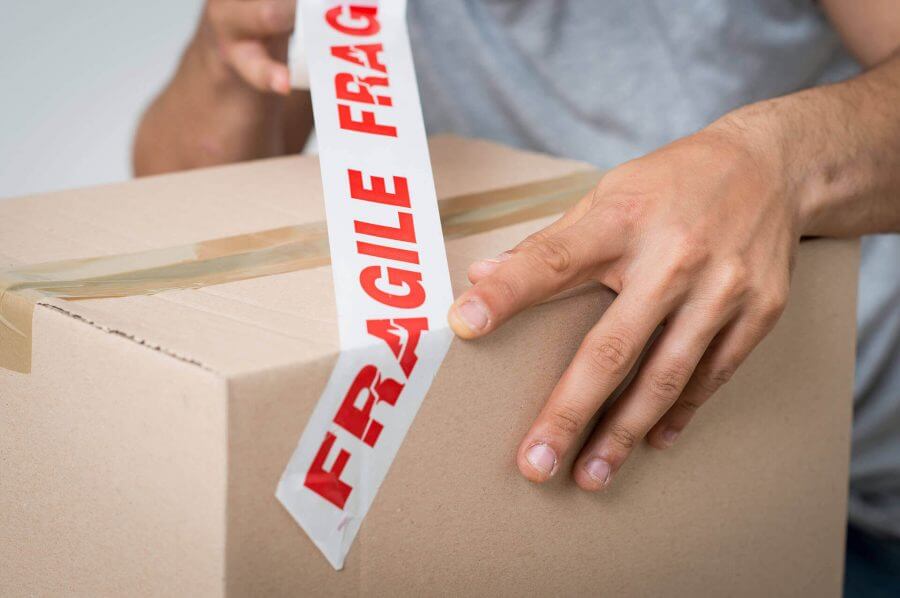
Hire Professional Movers for Furniture Wrapping
Hiring professional movers for wrapping all types of possessions is often the best choice for several reasons. Long-distance movers such as Cross Country Movers’ crew offer cross-country moving services, as well as packing services, and have the expertise and experience to handle items with care. They use high-quality materials and advanced techniques to protect belongings from damage.
On top of this, professionals save time and reduce stress by efficiently and securely wrapping items. So, research reputable companies, read reviews, and request quotes to compare services and prices.
Read Reviews and Testimonials of Different Cross-Country Moving Companies
Read reviews and testimonials when selecting cross-country moving companies. Begin by searching for companies online and visiting their websites to find customer feedback. Use reputable review platforms like Yelp, Google Reviews, and the Better Business Bureau to gather unbiased opinions.
Pay attention to recurring themes in the reviews, such as punctuality, professionalism, and care of items. Look for detailed testimonials that mention specific experiences with packing services. Additionally, seek out recommendations from friends or family who have used long-distance moving services to get trustworthy insights.
Request a Free Estimate
Request a free estimate from at least three companies before making a decision. You should contact several cross-country moving companies and provide detailed information about the items to be transported, including dimensions and weights.
Remember to mention any special requirements or valuable items. Many companies offer online forms or phone consultations to collect this information. Comparing multiple estimates allows for an accurate assessment of costs and services offered.

Expert Tips for Unpacking Furniture Safely
Start by placing each box in the designated room according to its label, making the unpacking process more organized. Begin with the essentials, such as kitchen items and bedding, to quickly set up the main living areas. When unpacking large items, use proper lifting techniques to avoid injury.
Gradually remove the protective materials, such as blankets and bubble wrap, ensuring nothing gets damaged in the process. Finally, reassemble items carefully, referring to the inventory list and photographs taken before disassembly to ensure accuracy.
Select Cross Country Movers for Your Journey
Choose the right movers – we recommend this above all else. Proper packing, documenting, and hiring professionals are key to a stress-free experience. Implement packing techniques for large items, use protective materials, and take detailed inventory. Reading reviews and requesting estimates are crucial steps in selecting the best service.
For reliable, efficient service, contact us, Cross Country Movers. Our team ensures safe transport, organized unpacking, and professional handling of all belongings. Hire us to make your move seamless and worry-free, ensuring all items arrive in perfect condition.
Frequently Asked Questions About Wrapping Furniture
What Materials Are Best for Wrapping Furniture?
The best materials for wrapping household items include blankets, bubble wrap, and plastic stretch wrap. These materials provide cushioning, protection from scratches, and stability during transport. Additionally, strong tape and corner protectors are essential for securing wraps.
Can I Use Regular Blankets to Wrap My Furniture?
Regular blankets can provide some protection, but they are not as effective as specialized blankets. Moving blankets are thicker and designed to absorb shocks and prevent scratches. Using proper blankets guarantees better protection and reduces the risk of damage during the journey.
Why Should I Hire Professional Movers for Packing Furniture?
Hiring professional movers for packing ensures expertise and efficient handling of items. Professionals use high-quality materials and advanced techniques to protect belongings. This not only saves time but also reduces the risk of damage and stress associated with the relocation process.
What Should I Do if My Furniture Gets Damaged During the Move?
If items are damaged during transport, document the damage with photographs immediately. Contact the relocation company to file a claim, providing all necessary evidence and information. Review the insurance coverage and work with the company to seek compensation or repair for the damaged items.
How Far in Advance Should I Book Professional Movers?
Booking professional movers at least four to six weeks in advance is recommended. This time frame allows for adequate planning, ensuring availability and a smooth process. Early booking also provides time to compare quotes and select the best service provider.
